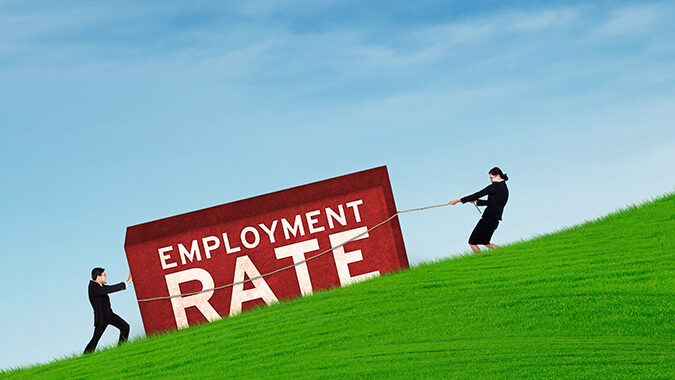Research shows 78.5% of prime working age New Jersey adults were employed throughout 2021, a 4.2 point drop from the percentage of residents ages 25-54 who had jobs before the pandemic led to business shutdowns and job losses.
The data comes from updated research by the PEW Charitable Trusts, which compared how the percentage of prime age working adults had changed in each state between December 2019 and December 2021. Only Nevada (-7.9%), Maryland (-4.8%) and Connecticut (-4.5%) showed worse ratio recovery numbers than New Jersey (-4.2%).
Nationally, an average 77.6% of Americans ages 25-54 were employed throughout 2021, a year marked by a continuing recovery from historic job losses as many businesses struggled to hire workers, PEW said. The national rate was down 2.4 points, compared to the 80% of prime-age adults who had jobs before the pandemic began.
This means that for every 100 U.S. adults of prime working age, about two fewer were employed on average in 2021 than in 2019.
“This key economic indicator – which unlike the often-cited unemployment rate, captures individuals who are choosing not to pursue employment along with job seekers – changed little last year in some states, while it approached pre-pandemic levels in others,” PEW said.
For example, Nevada’s 2021 average 73.8% employment rate for prime-age adults was down almost 8 percentage points compared to 2019. Montana and Georgia, rebounded much more quickly, posting employment ratio gains that were slightly above 2019 pre-pandemic levels, although these gains were not statistically significant, PEW said.
Several factors influence employment-to-population ratios. Employment rates held up better in states with economies less tied to tourism and other industries that were devastated by pandemic-related business closures.
However, ratios are influenced not only by job losses, but also by population and demographic shifts, PEW said. The ratio decreases when the number of 25-to-54-year-old workers in a state either declines faster or increases more slowly than the population for the same age group.

